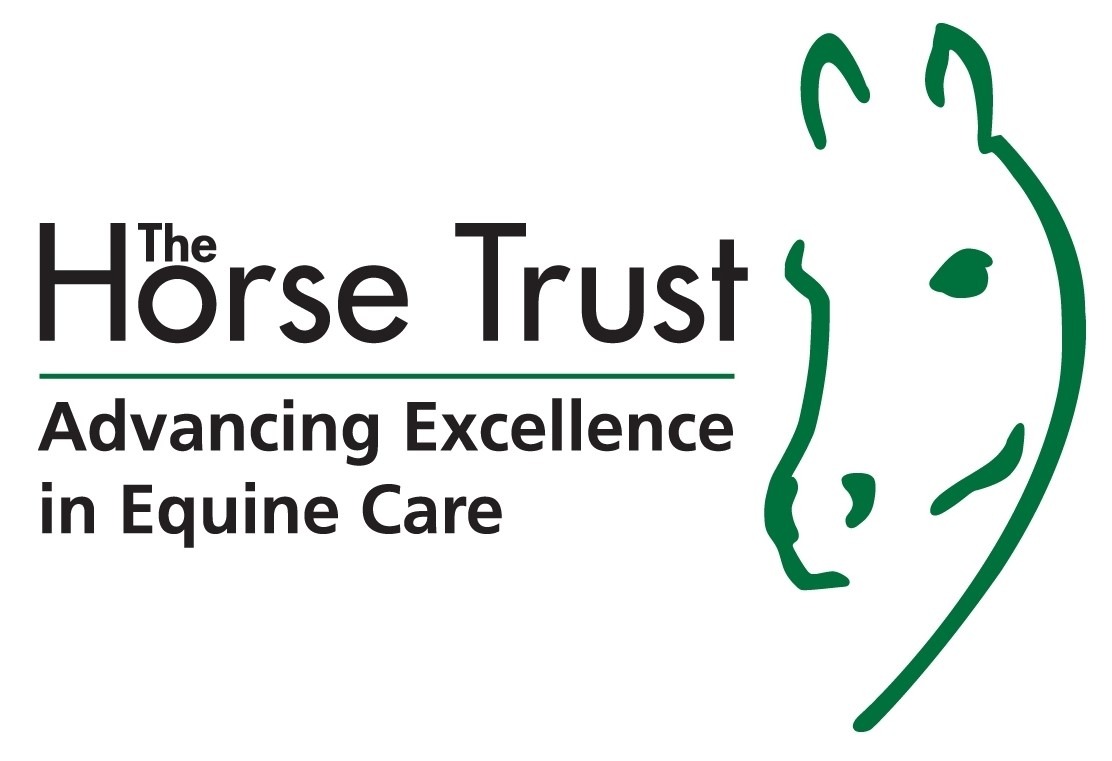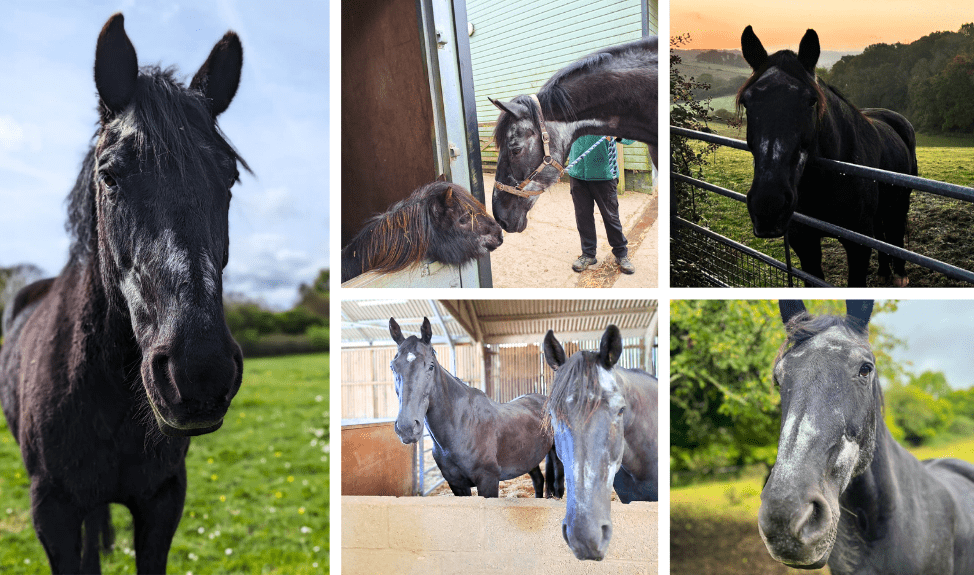We’re delighted to introduce Shadow, one of the newest ponies you can now sponsor at…

Equine Identification – what do you need to do?
Equine Identification – what do you need to do?
The Equine Identification (England) Regulations 2018 came into force on the 1st October 2018. ALL equines (horses, ponies, donkeys and their hybrids) in England must be identified with a transponder (microchip) and identification document (passport).
FAQ’s
Why does my horse need a microchip it never goes anywhere?
Having up to date data recorded on the CED (Central Equine Database) will ensure you receive relevant information should there be a disease outbreak, which will help you protect your horse. If your horse is stolen or breaks out of its field you are more likely to be reunited.
Why does my horse need a passport it never goes anywhere?
Certain medicines can only be administered to horses that are correctly identified with passports, if you do not have a passport the treatment options for your horse are limited, a vet cannot legally prescribe a medicine such as Phenlybutazone (bute) without a passport being present. You should already have a passport for your horse, if you do not you are committing an offence and you run the risk of a fine and/or prosecution.
My horse has a freezebrand, do I need to get it microchipped?
Yes, it is a requirement that all horses are identified by a microchip before the 1st October 2020
There is no microchip listed in my horse’s passport
You have until the 1st October 2020 to get your horse microchipped, the next time your vet visits ask them to scan and check there is no microchip and if necessary, microchip your horse.
My horse is microchipped and passported, do I have to do anything?
Yes, you should check that all the details in the passport are up to date, you should also enter the microchip number in the CED Chipchecker (https://www.equineregister.co.uk/home) to confirm it is linked to your passport. If any of the identity data is incorrect or has changed you must notify the Passport Issuing Organisation (PIO), you must not amend or add to the passport yourself.
My horse’s microchip is not showing on the Central Equine Database Chipchecker (CED)?
It may be that your horse was microchipped after the passport was issued and the microchip number was not notified to the Passport Issuing Organisation (PIO), you should arrange for your vet to verify the microchip number when they next attend your horse. Blank forms for your vet to complete should be available from your PIO. Send your passport to the PIO with the completed form, they will update their records, inform the CED and return your updated passport to you.
How do I know if my horse is microchipped?
Check your passport, if your horse was microchipped prior to the passport being issued (a requirement for all horses passported after July 2009) the chip number should be on the page containing the silhouette diagram.
Who can microchip my horse?
Microchipping can only be carried out by a vet, who is a Registered Member of the Royal College of Veterinary Surgeons. As the chip is inserted into the nuchal ligament and not under the skin as it is in dogs or small mammals.
The vet has microchipped my horse and put the sticker containing the number in the horse’s passport, do I have to do anything else?
Yes, you must send your horse’s passport containing the microchip number together with a certificate signed by your vet confirming it has been microchipped to the issuing PIO. Blank forms for your vet to sign should be available from your PIO. The PIO will update their records and the CED and return your passport to you.















Comments (0)